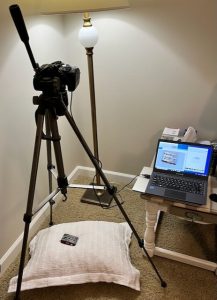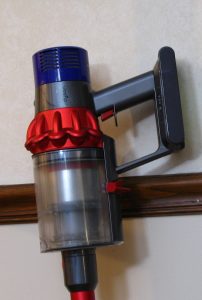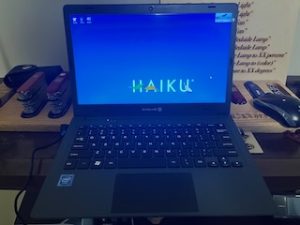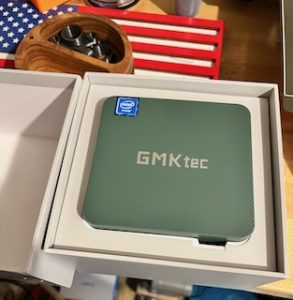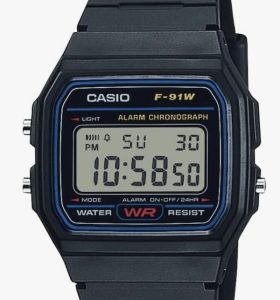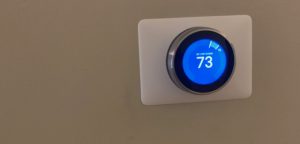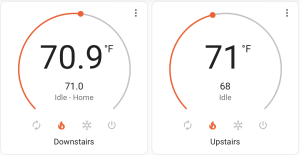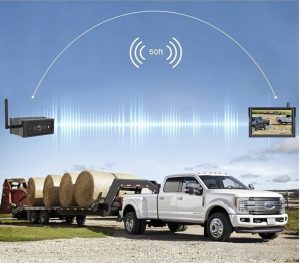Taking Better Pictures Cheaply With Canon G7
If you are like me you frequently scour eBay and Facebook Marketplace for great deals. Or to pick up collectibles or hobby items. You know as well as I do that there are ads out there with HORRIBLE pictures in them. Maybe you are guilty of this as well. I know I have put up some for sale ads before with substandard photos. This blog may seemingly take a backwards approach to solve the problem. Most of us think that we need new and better equipment to improve our photos. That simply isn’t the case. We can vastly improve our images with a camera that is nearly 20 years old. I’m going to use the venerable Canon G7.
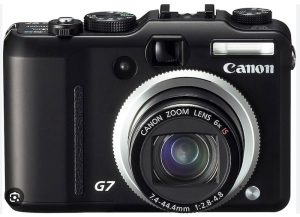
Canon G7
The G7 was released in late 2006 and unless I miss my guess it was released first in Japan. I was living in Japan at that time and I was positively giddy at getting my hands on one.
The G7 was a gem however, I had a bad case of upgrade-itis and sold mine and got a G9. My first thoughts were that I should have never gotten rid of the G7.
And then one day I stumbled across one at a super great price that was in pristine condition and I decided to see if the magic was still there.
The principle allure of using this old camera is that it can be tethered to a computer which is a feature that you just won’t find in non-DSLR cameras these days. There are a couple of caveats though.
Continue reading

